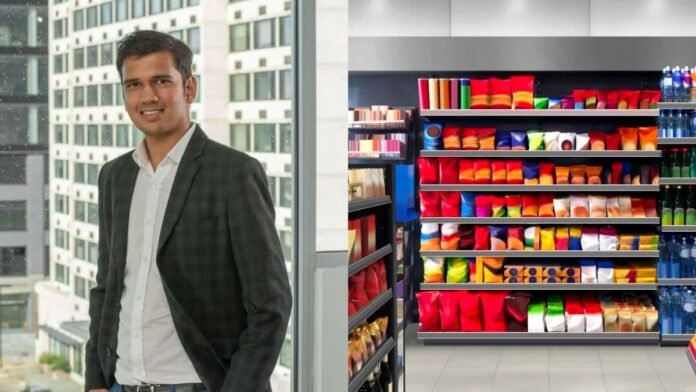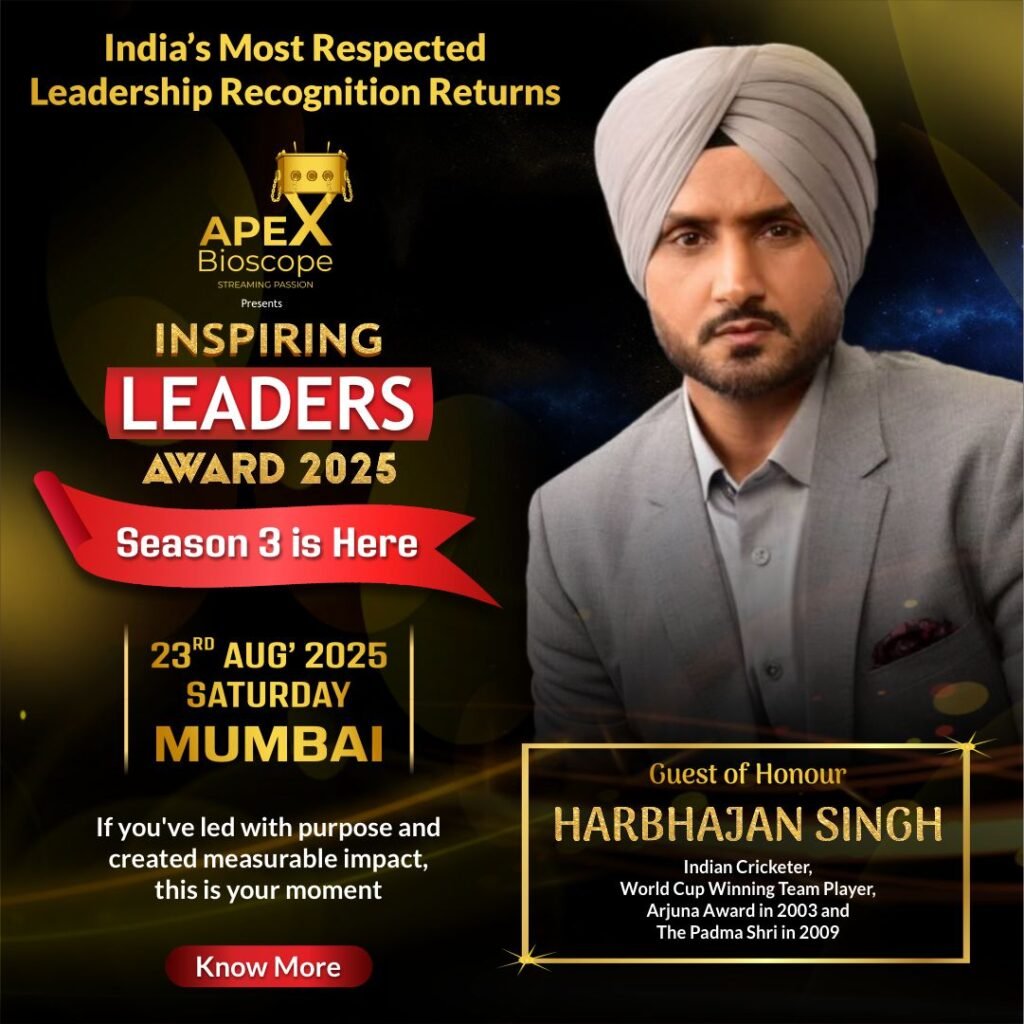Foodpharmer on Instagram, Revant Himatsingka, calls reading food labels the most vital life skill. He wants to expose FMCGs’ “false marketing” and educate consumers on what they’re eating…
In the 2000s, chips packs contained tiny discs called, Tazos. They were popular in schools as part of Frito-Lay’s 1994 global advertising effort. Everyone would talk, trade, and brag about their latest Tazos with buddies.
Did you consider how many chips you ate before growing your Tazo collection?
“I bought several packets of chips to build my Tazo collection as a child. I would eat a few chips and give my folks the packet. In interview with The Better India, health coach and content producer Revant Himatsingka recalls unknowingly eating a lot of junk food.
Revant was unaware of the dangers of compulsively eating junk food as a child, but as he got older, he noticed.
Revant, alias foodpharmer on Instagram, aims to teach people to read food labels.
“Almost 60-70% of what we eat is packaged, and it affects our health. I learned how firms use catchy taglines and brand their goods ‘healthy’ after reading food labels. Most packaged food deceives us. Learning to read beyond taglines was crucial, says the 31-year-old.
The 2019 UNICEF report ‘The State of the World’s Children’ reveals a major issue: too many school-aged children eat highly processed meals, and 42% drink carbonated soft drinks daily and 46% eat fast food weekly. “Millions of children are eating too little of what they need, and millions are eating too much of what they don’t need,” the report says.
Since April 2023, Revant has educated thousands on FMCG packaging health claims and how dangerous popular food items might be.
Revant’s viral video exposing a popular children’s drink’s sugar level began this effort earlier this year. He had to remove the video after receiving a legal letter after it was widely shared on social media. However, the video made him an instant phenomenon and a leading figure in debunking health falsehoods.
How healthy are your favorite foods?
Revant recalls having a lucrative career that earned lakhs before this adventure. However, his childhood traumas led him to abandon his work early this year.
As we debate this turn of events, he recalls his grandparents’ morning ritual of chai and two cookies.
But no one considers the ingredients or sugar or maida content of these biscuits. Most consumer biscuits include palm oil. The everyday cookies, not the weekly chocolate, make you unhealthy, he says.
The awareness of this undiscovered evil led Revant to study nutrition at the Institute of Integrative Nutrition while earning a business degree at NYU Stern. “As a management consultant, I solved business challenges, but I wanted to apply the same talents to tackle health’s largest problem. Food corporations’ apparent falsehoods in packaging irritate him, he adds.
He created the popular video in April because of this desire.
The label indicates that drink strengthens bones and muscles. I made a video on this drink since many say it’s healthy. They give their kids this twice a day, 14 times a week. We may consume coke once a week since others think it’s harmful. He argues that the former directly affects our health.
Revant instructs his 500,000 Instagram followers @foodpharmer on better options. These include movies analyzing popular packaged noodles, beverages, biscuits, sauces, and more, as well as helping customers pick healthier bread, drinks, and more. He also promotes “relatively healthier” local enterprises over huge ones. He wants to help people select better.
Remember this in the grocery next time.
Revant believes people can’t survive without packaged food, but he wants them to make informed choices. “There are two types of junk food: fake healthy food and real junk food. My issue is the former, which I wish to address.
How can we choose food wisely daily? For this, Revant offers six tips:
Ingredients are ranked by weight:
“The packet contains the most first ingredient. Revant claims the first three components in biscuits are maida (refined wheat flour), palm oil, and sugar.
Buy things with less than five ingredients:
Avoid items with more than five components. Ingredient list grows inversely with nutritional benefits.”
Stay away from difficult ingredients:
Unless you can identify and pronounce the components, a product is unhealthy. Buy anything with clear ingredients, like dates, peanuts, milk, etc. Avoid products with maltodextrin, anti-caking agents, or technical compounds, he says.
Buy products without sugar in the first 5-6 ingredients:
Avoid items with sugar first or second. Sugar is basically those products.”
Try the somewhat healthier options:
“The goal is healthier choices. Instead of maida, try atta (whole wheat flour) biscuits.”
The healthiest food is label-free:
Fruits and vegetables without labeling are the healthiest. If you must buy other items, choose basic ones with familiar components. For peanut butter, choose goods with only peanuts, says Revant.
Revant wants every child to learn how to read food labels to make the next generation healthier and smarter about food. He currently teaches this technique at schools and universities. He regularly finds smart, fascinating inquiries from kids here.
“They wonder why the packets’ fronts say something the product doesn’t do. They want to know why their favorite celebrity endorses a harmful product. I hope this leads to better choices,” Revant smiles.
“Teaching children to read food labels and understand the consequences will change everything. Companies will have to promote honestly, changing the game.”




